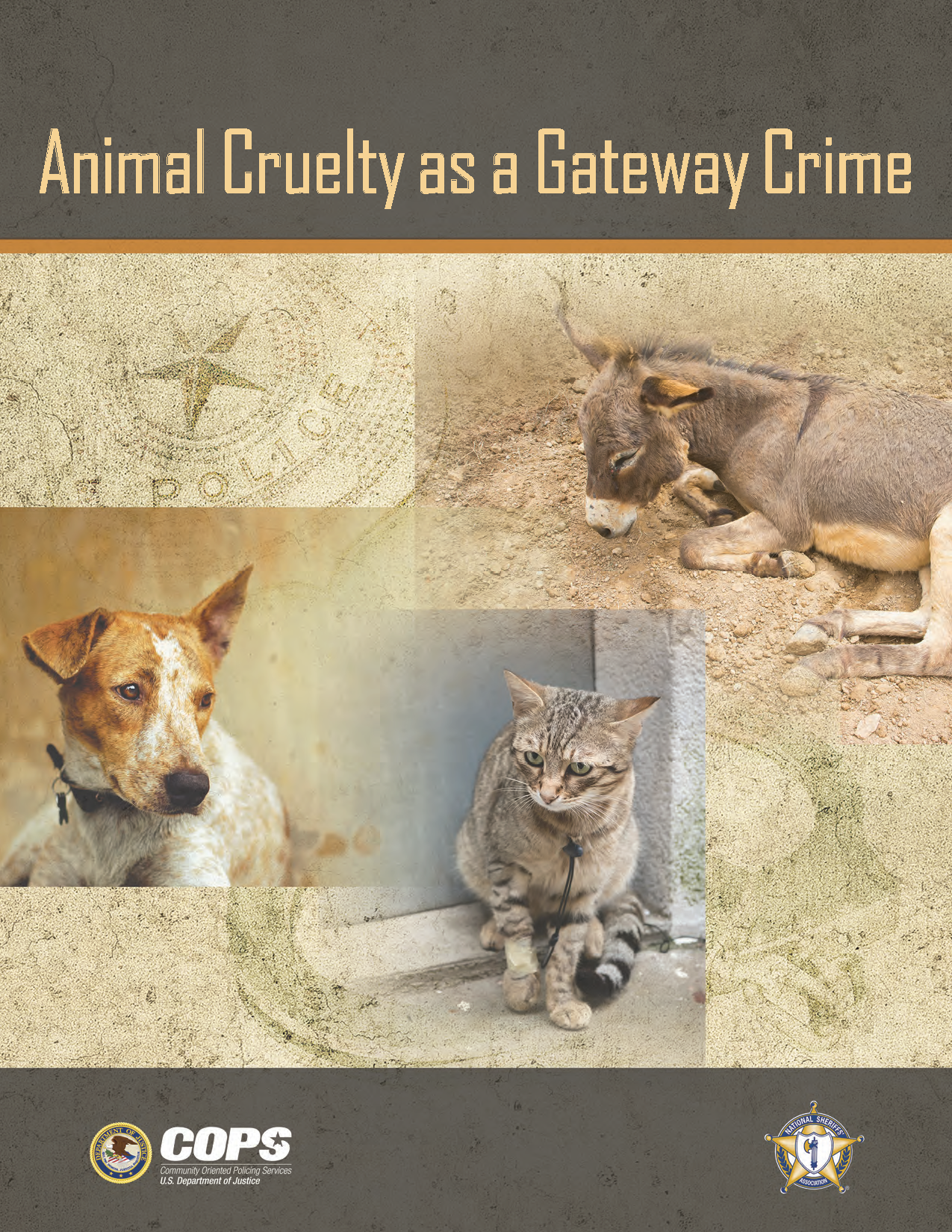Animal cruelty, a subject that incites a profound emotional response, is often framed as a complex conundrum encompassing both societal concerns and legal implications. To understand the extent and ramifications of animal cruelty, it is essential to delve into the dual perspectives of it being a social issue versus a criminal act. Each viewpoint offers a distinctive lens through which to analyze the ethical, cultural, and legal dimensions of the treatment of animals in society.
From a social perspective, animal cruelty can be seen as a reflection of deeper societal issues. The treatment of animals often mirrors the prevailing values and beliefs within a community. Societies that prioritize compassion, empathy, and stewardship towards animals tend to enact stricter codes of conduct regarding animal welfare. In contrast, communities that exhibit indifference or hostility towards non-human life may be more permissive of abusive behaviors.
Moreover, animal cruelty is frequently intertwined with broader social issues such as poverty, domestic violence, and systemic inequality. For instance, research has indicated that individuals who engage in acts of violence towards animals often have a history of violence in other areas of their lives. The intersection of animal cruelty with domestic violence is particularly alarming; studies have shown that individuals who abuse animals may also perpetrate violence against women and children. This nexus underscores the complexity of animal cruelty as not merely an isolated concern but rather as part of a broader spectrum of societal malaise.
Furthermore, cultural attitudes toward animals play a pivotal role in shaping societal norms regarding animal welfare. In many cultures, animals are regarded as integral parts of the family ecosystem, deserving of love and respect. Conversely, in cultures that prioritize utilitarian perspectives on animals, they may be viewed solely as commodities, leading to justification of cruel practices. The evolution of these cultural perceptions is crucial; as society shifts towards a more humane understanding of animal rights, the expectation to curb cruelty intensifies.
On the other hand, describing animal cruelty as a criminal act places it within the confines of the law. From this standpoint, cruelty towards animals is unequivocally deemed unacceptable behavior with direct legal repercussions. Most jurisdictions have enacted laws aimed at preventing animal neglect and abuse, categorizing such offenses as misdemeanors or felonies, depending on the severity of the offense.
Legal definitions of animal cruelty typically encompass a range of actions, from neglect and physical violence to psychological harm. Statutes vary widely across regions; some states impose harsh penalties for acts of cruelty, while others may lack sufficient legislation to effectively combat and penalize these behaviors. The disparity in legal frameworks reflects the varying levels of public consciousness regarding animal welfare and the enforcement mechanisms that exist to protect animal rights.
Moreover, the legal approach to animal cruelty raises significant debates regarding the philosophical underpinnings of law itself. Critics of current legal standards argue that existing statutes are often ineffectively enforced, suffering from lack of resources and public attention. Activists stress that insufficient penalties fail to deter potential offenders, thereby perpetuating a cycle of violence. Alternative perspectives advocate for more comprehensive legal frameworks, such as the inclusion of animal sentience in legislation, providing them with a degree of legal protection akin to that afforded to human victims of violence.
In essence, the conversation surrounding animal cruelty invites diverse interpretations—an intricate tapestry of social concerns and criminal justice. The dual nature of animal cruelty, as both a societal issue and a criminal act, necessitates a holistic examination. Various stakeholders, from lawmakers and law enforcement to advocates and community members, must collaborate to address this pervasive issue comprehensively.
The path forward includes fostering education and raising public awareness about the importance of humane treatment of animals. Initiatives aimed at teaching compassion to children can instill kindness from an early age, while adult education programs can challenge preconceived notions and engage in meaningful conversations about animal rights. Social media campaigns, community events, and partnerships with local organizations can amplify these messages, creating a collective movement towards systemic change.
Ultimately, the question of whether animal cruelty is a social issue or a criminal act is not one of absolutes; rather, it requires a nuanced understanding of the factors at play. Each perspective sheds light on different facets of a complex phenomenon that demands attention. By recognizing the intertwined nature of these perspectives, society can advance towards a more compassionate and equitable treatment of all living beings. Respecting the intrinsic value of animal life not only enhances the welfare of animals but also enriches our shared humanity.








